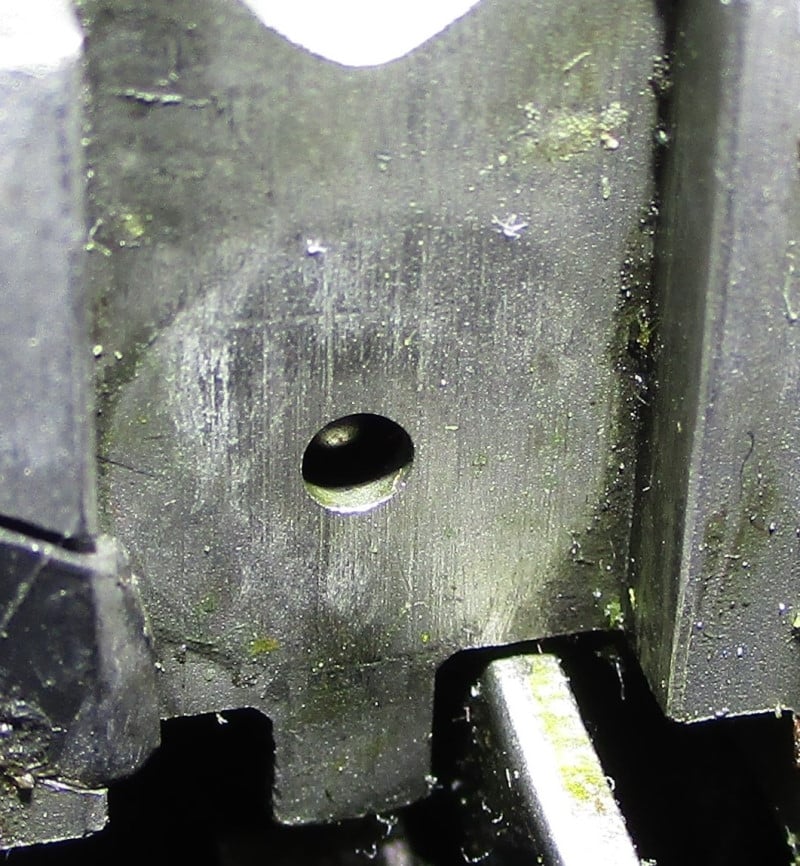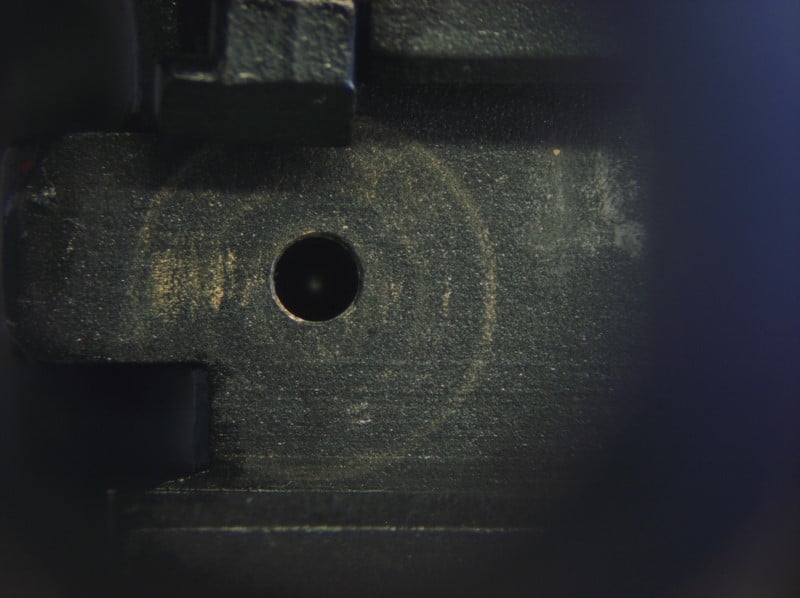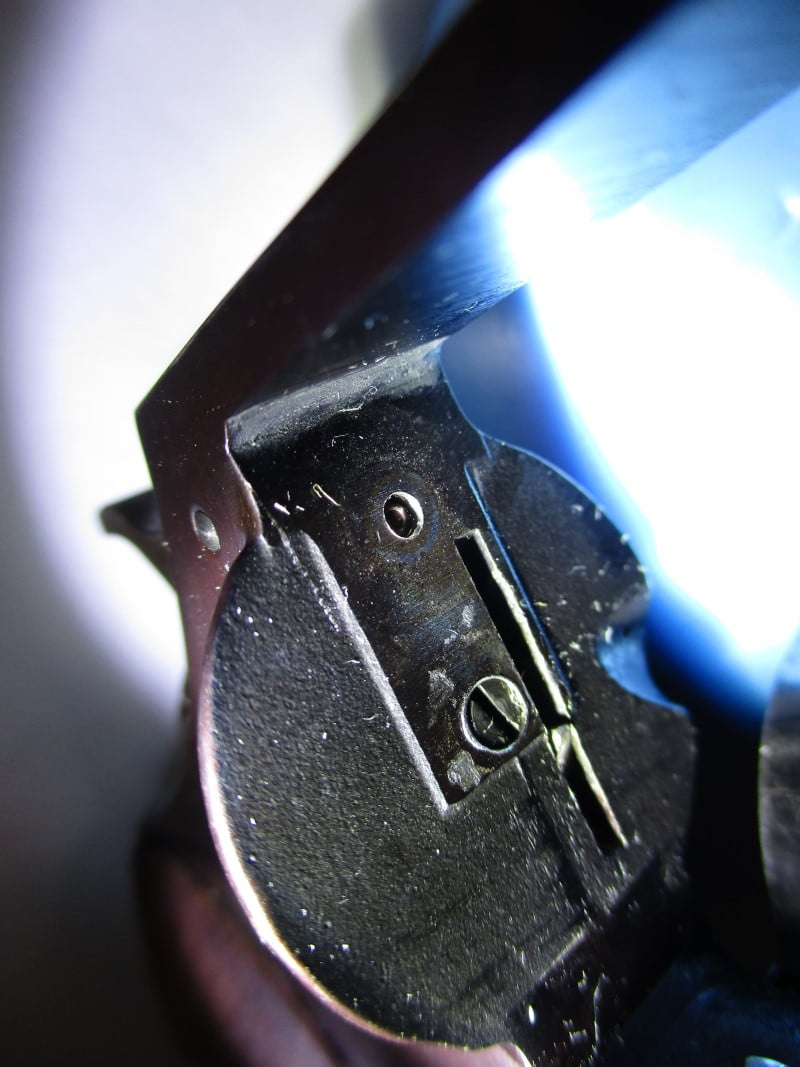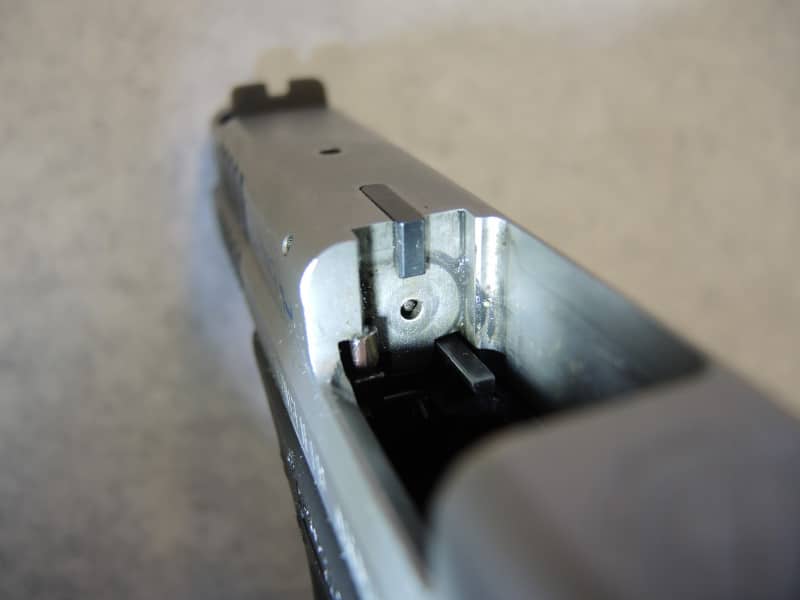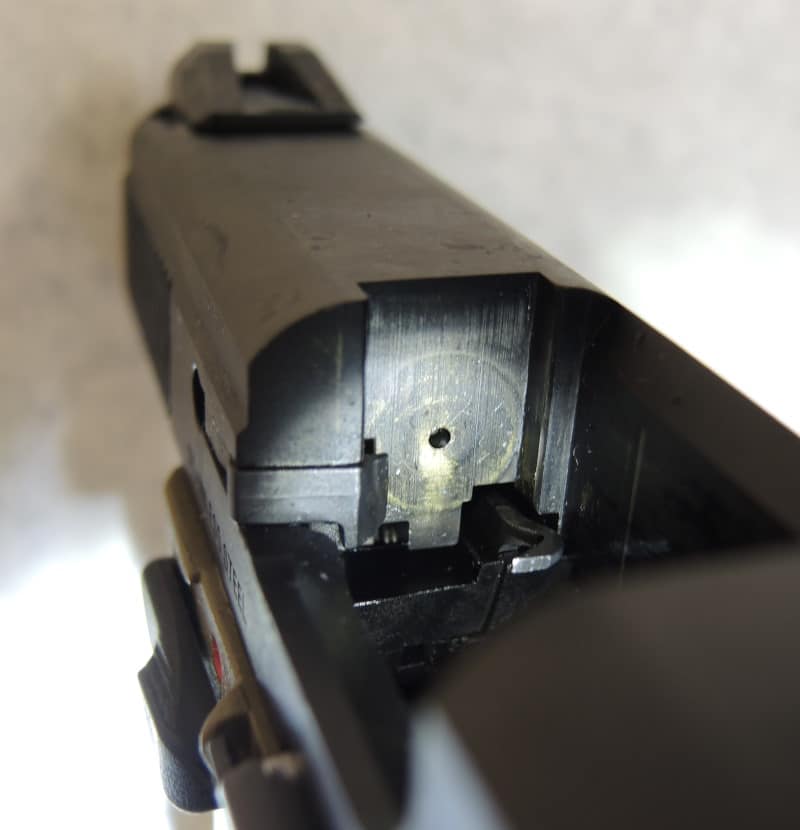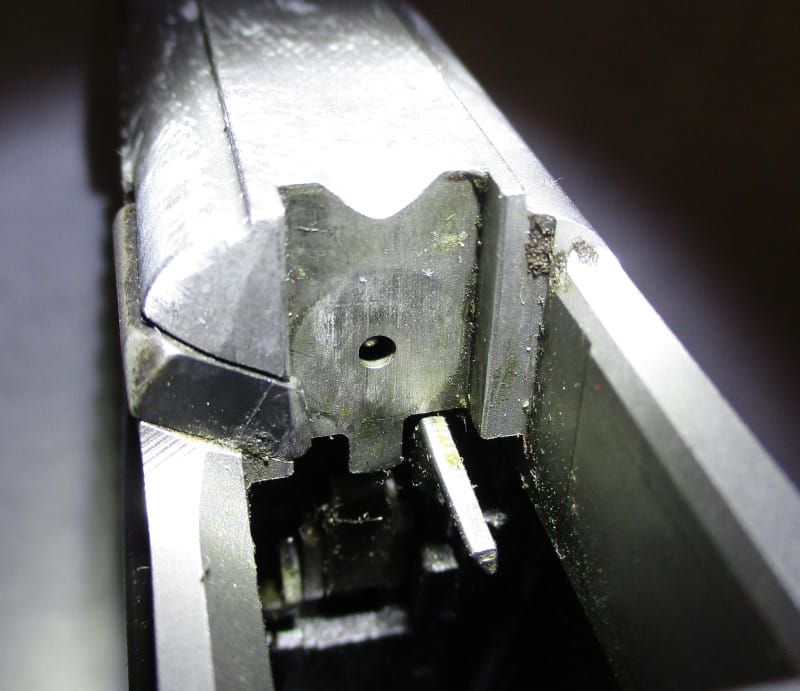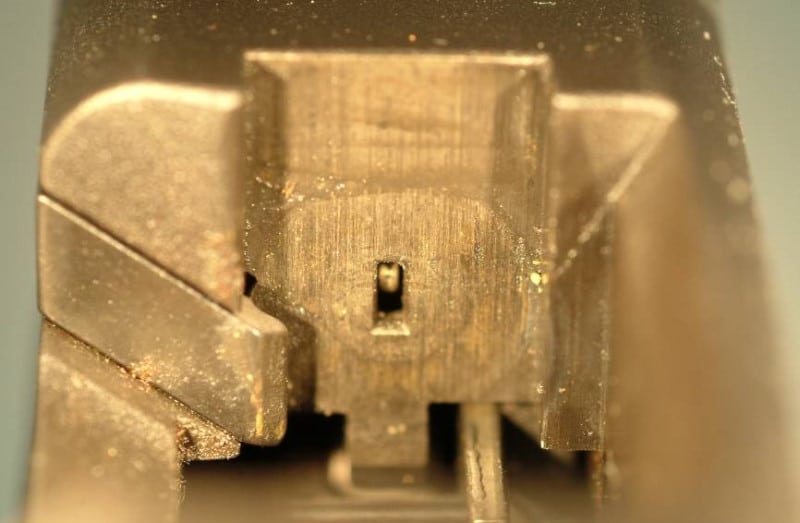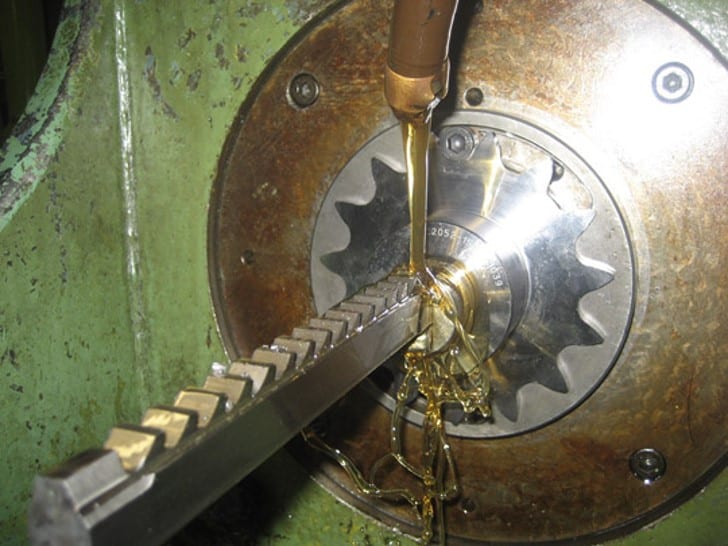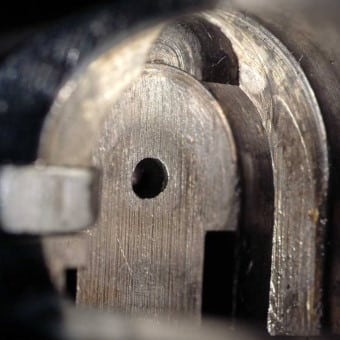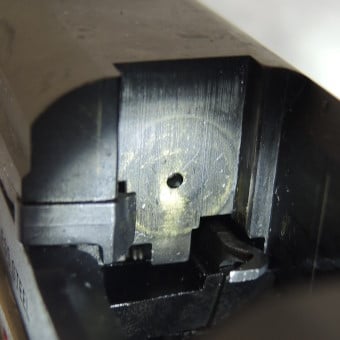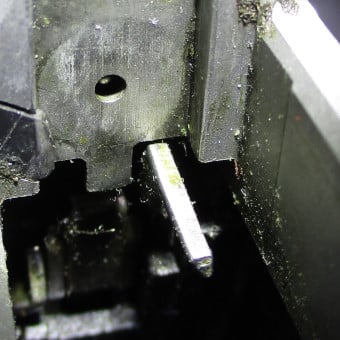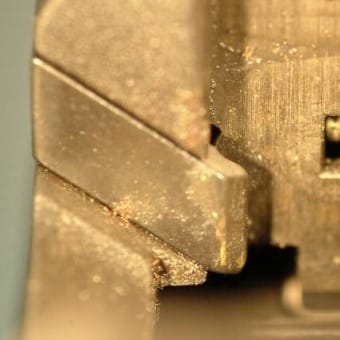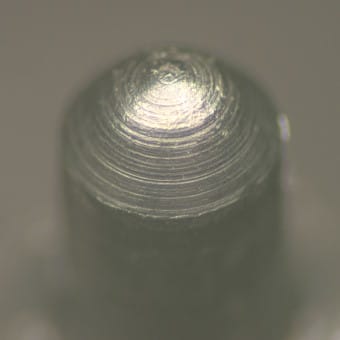- The Reproduction of Characteristics in Signatures of Cooey Rifles - Review
- Rifling Methods - A Review and Assessment of the Individual Characteristics Produced - Review
- Examination of Toolmarks from Sequentially Manufactured Tongue-and-Groove Pliers - Review
- Individual Characteristics Criteria - Review
- An Examination of Two Consecutively Rifled Barrels and a Review of the Literature - Review
- The Identification of Fired 40mm Less Lethal Projectiles - Review
- A Tool Mark Identification Involving Rescue Equipment Used in a Series of Burglaries - Review
- An Introduction to the Forensic Examination of Toolmarks - Review
- Toolmarks: Examining the Possibility of Subclass Characteristics - Review
- Subclass Characteristics: From Origin to Evaluation - Review
Member's Area - Machining & Subclass -
Manufacturing Methods - Gang Broach (Breechface)
← Back to Manufacturing Methods
Video
Images
Related Class Characteristics
Related Tools
Definition
Potential for Subclass Carryover
Broaching – Cutting with a tool that consists of a bar having a single edge or a series of cutting edges (i.e., teeth) on its surface. The cutting edges of multiple- tooth, or successive single-tooth, broaches increase in size and/or change in shape. The broach cuts in a straight line or axial direction when relative motion is produced in relation to the work piece, which may also be rotating. The entire cut is made in single or multiple passes over the work piece to shape the required surface contour.
The broaching method does have the potential to impart subclass characteristics to a work piece. The cutting teeth of the broach are arranged in slightly increasing heights over the length of the broach. Each tooth removes small portions of material from the work piece, resulting in a uniformed surface made to the manufacturer’s desired shape (i.e. a flat, round, or contoured surface). Potential subclass characteristics arise from defects on the cutting teeth that persist on the broach until changes occur to the cutting surface of the teeth or the broach’s teeth are re-sharpened. Subclass characteristics may appear as continuous lines that extend across the surface of the work piece, from one end to the other, such as on the breech face of a firearm. To evaluate for subclass carryover on a broached surface, opposite ends, for example, of two breech face casts or the breech face marks on two fired cartridge cases may be inter-compared. Those tool marks which appear continuous across the surface when the opposing end are inter-compared may be subclass in nature.
However, areas of individual characteristics will also be imparted to the work piece during manufacture as a result of chip formation, tool wear, plowing, side flow, built-up edge, etc., thus creating a unique surface. These areas would appear as random, non-continuous tool marks with various starting and stopping points and voids along the surface of the work piece. Also, additional surface finishing processes, such as abrasive blasting, maybe used to further process the work piece. In the case of abrasive blasting, the subclass characteristics imparted during the broaching process maybe diminished, as the abrasive material erodes the work piece’s surface reducing the prominence of the continuous lines and replacing them with a surface which has a granular appearance that is random in nature. Individual characteristics may also be imparted through use/abuse of the work piece over time.

